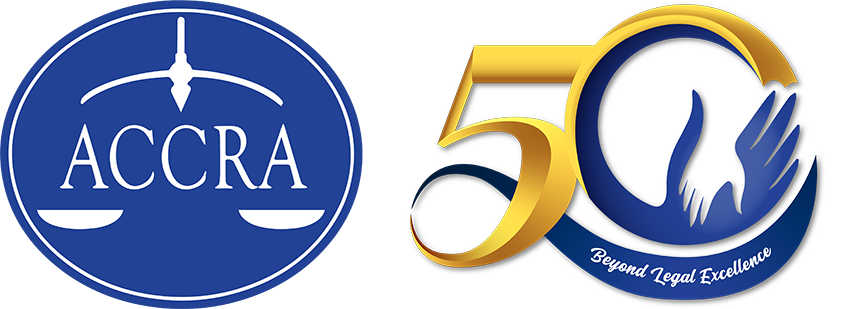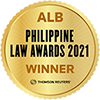In 2010 there was a discussion on whether robots should be granted rights or what was termed as “robo-rights.” This stemmed from the consideration that robots may develop the ability to reproduce, develop artificial intelligence, and even possibly, create something independent of its inventor or developer.
In an article published in fortune.com, Tesla Motors and SpaceX CEO Elon Musk stated that “[a]rtificial intelligence (AI) and machine learning will create computers so sophisticated and godlike that humans will need to implant ‘neural laces’ in their brains to keep up.” In fact, tech companies have invested heavily in AI research so much so that it is estimated that the industry will grow to $70 billion by next year.
This rapid growth was evident in 2016 when a painting entitled The Next Rembrandt was created by a computer. This computer had analyzed thousands of works by the artist Rembrandt Harmenszoon van Rijn. In an article published by the World Intellectual Property Office, it was noted that the computer learned the artist’s painting style and technique, including his usual motifs, and this produced a painting made through algorithms.
In the same year, a short novel was also written by a Japanese computer program.
It must be emphasized that both the painting and the novel are intellectual creations, and as such, are subject to copyright protection. A copyright is a form of intellectual property which gives legal protection to original works of authorship including literary, dramatic, musical, and artistic works, such as novels, songs, among others.
The question now is whether the copyright to such works belong to the entities who created the computer program, or to the computer itself which was able to create such content?
This is now a debate in different jurisdictions — whether such work created by computers, or those machines possessing artificial intelligence, may validly hold copyright.
An interesting position is one taken by the United States Copyright Office. In a proposed administrative manual to determine issues on copyright, including ownership thereof, embodied in the US Copyright Office Practices Compendium, Section 306 of the Compendium makes mention of the “Human Authorship Requirement.” The particular section states that the “US Copyright Office will register an original work of authorship, provided that the work was created by a human being.”
The rationale for such an approach is that US copyright law only protects “the fruits of intellectual labor” that “are founded in the creative powers of the mind,” and “because copyright law is limited to original intellectual conceptions of the author,” the US Copyright Office will refuse to register a claim if it determines that a human being did not create the work.
Thus, one of the relevant questions asked in the legal framework of determining whether a work is copyrightable is whether the work was created by a human author.
Moreover, Section 313.2 of the Compendium provides that “the Office will not register works produced by a machine or mere mechanical process that operates randomly or automatically without any creative input or intervention from a human author. The crucial question is ‘whether the “work” is basically one of human authorship, with the computer [or other device] merely being an assisting instrument, or whether the traditional elements of authorship in the work (literary, artistic, or musical expression or elements of selection, arrangement, etc.) were actually conceived and executed not by man but by a machine.’”
From the above excerpt, it appears that, not only does the US Copyright Office require that the author or creator be a human being, but it also does not consider a work created by a machine, functioning without any human intervention, to be subject of copyright protection. This now leads to a stalemate, as the product of such a computer remains unprotected which, in the future, could raise serious questions, considering the increasing value of intellectual property assets. This is also contrary to the position of the British legal framework of possibly granting robots or artificial intelligence rights, including property rights.
While the Philippine IP Code does not have a provision as specific as the United States which requires the author have the “human requirement,” it appears that our laws and regulations, largely derived from the copyright laws of the United States, are leaning towards ownership by the creator of the computers or machines. A computer program is proper subject of copyright protection, and under our law, such a computer program is defined as “a set of instructions expressed in words, codes, schemes or in any other form, which is capable when incorporated in a medium that the computer can read, of causing the computer to perform or achieve a particular task or result.” Thus, it appears that any resulting product of the program may be attributed to the creator of the computer program. Such a theory, however, remains to be tested under our copyright law.
The developments on the question of ownership over the copyright of such works produced by artificial intelligence machines is a continuing issue in the intellectual property world which is worth taking note of.




